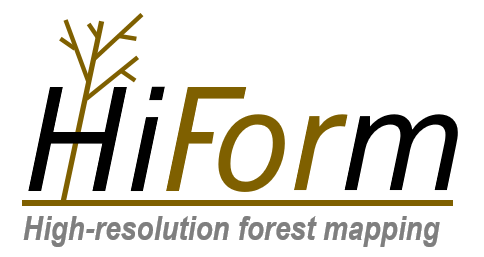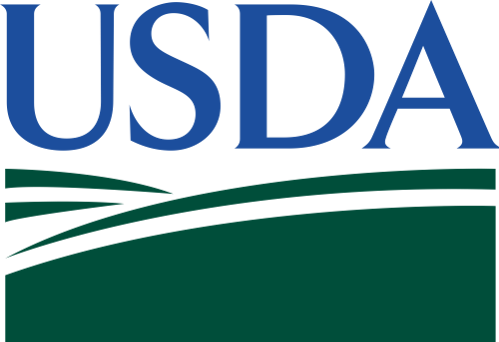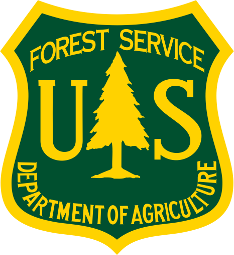Insects and Diseases
Tree defoliation and mortality by insects or diseases includes impacts from both native and non-native species. Our ability to efficiently and accurately map outbreaks is especially difficult when patches are small or when hosts are scattered across mixed stands at low density. Mapping is also sometimes difficult when declines occur gradually over a multiple year period, such as with the loss of eastern hemlock due to the non-native Hemlock Woolly Adelgid.
Outbreaks of gypsy moth or forest tent caterpillars are relatively easy to detect from satellite imagery, but pine beetle outbreaks in the Southeast US are of management concern when they involve just a few trees, and detection requires a fine resolution which pushes the limits of existing technology. Catching outbreaks of pine beetles when they are small is critical for early intervention.
In this section, we explore how well HiForm's resolution can map declines from various forest insects and diseases using an adaptive workflow that targets summer defoliators, progressive multi-year conifer mortality, and near-real-time/early detection.



